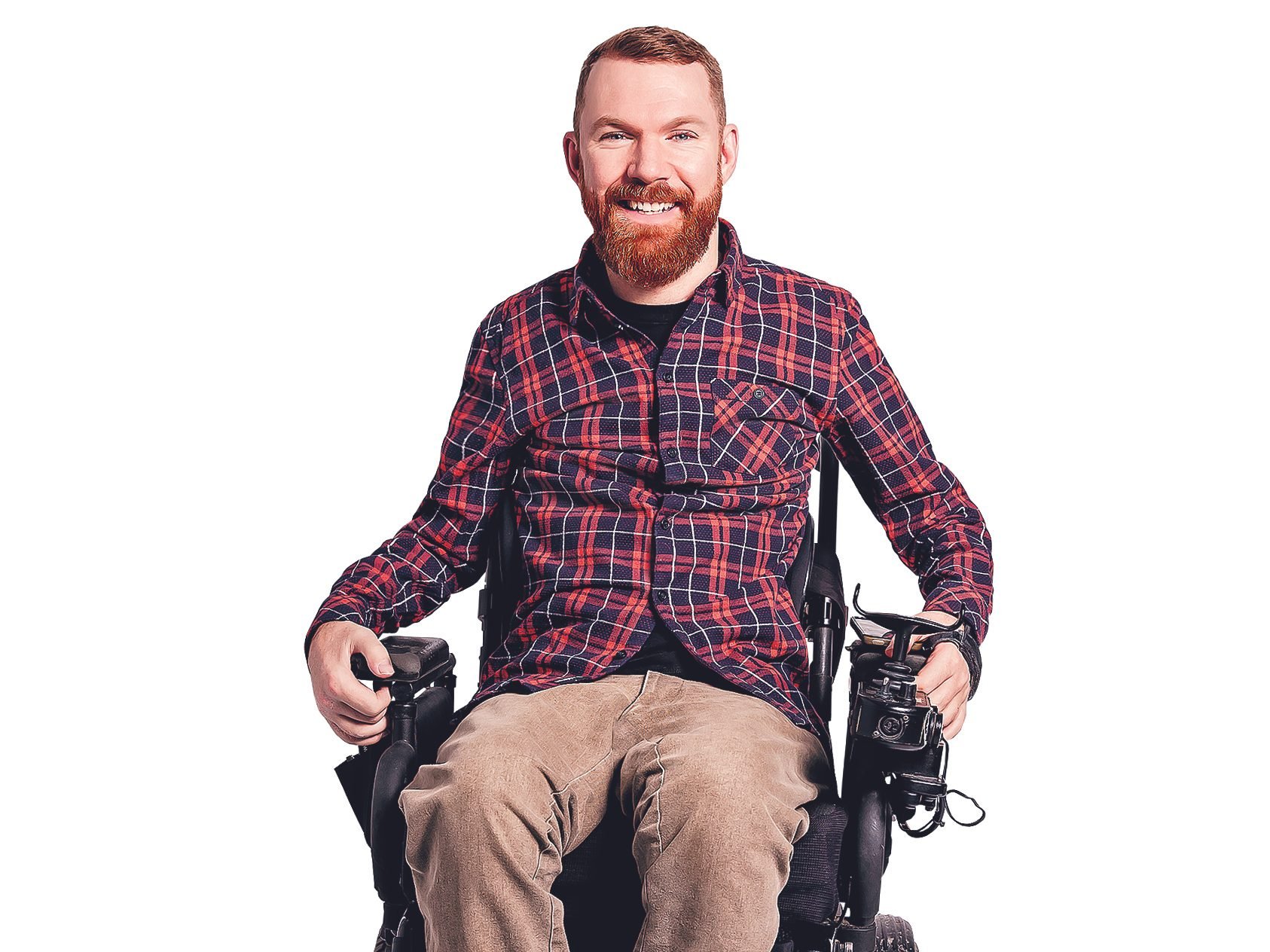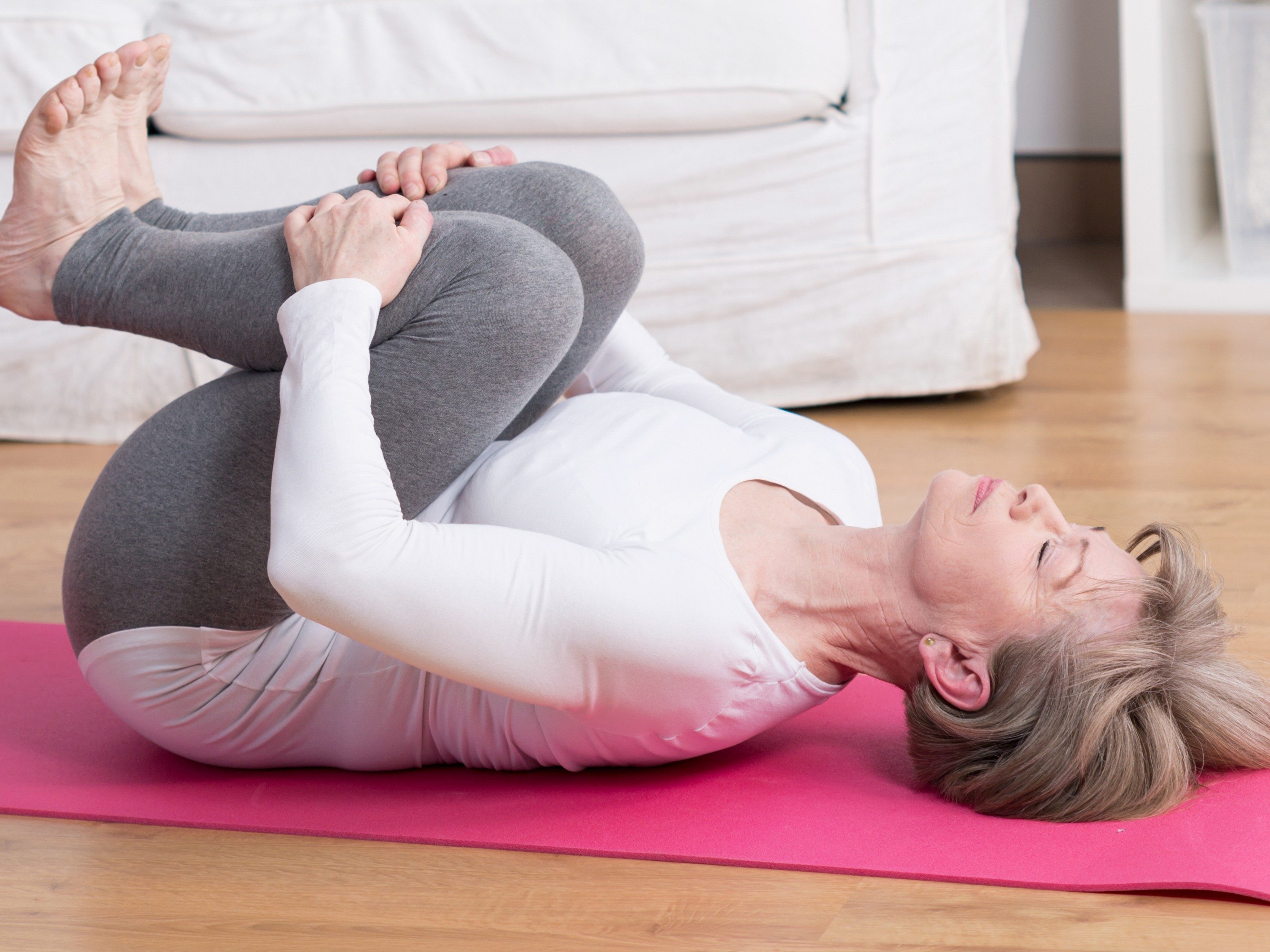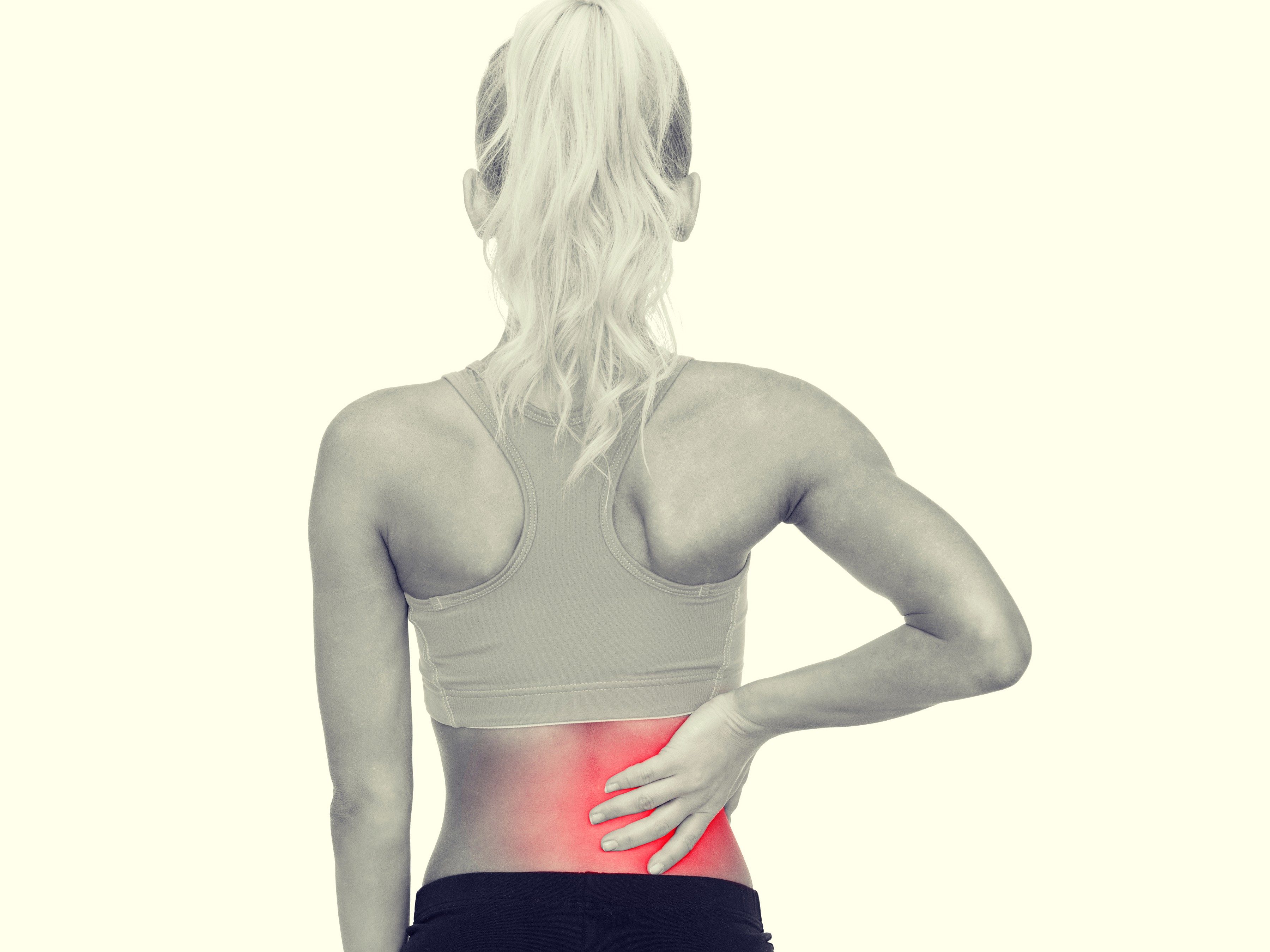
Canada has one of the highest rates of IBD in the world. One in every 150 Canadians is living with IBD, with most being diagnosed before age 30. The number of new cases of IBD in Canadian children has almost doubled since 1995.
The symptoms can be debilitating.
The main types of IBD are Crohn’s disease and ulcerative colitis. They cause the immune system to attack all or part of the digestive tract, resulting in inflammation and sores. The body has difficulty digesting food, absorbing nutrition, and eliminating waste. IBD symptoms include diarrhea, abdominal pain, cramping, bloating, gas, fatigue, and loss of appetite. The disease can also cause joint pain, skin conditions, and eye inflammation.
Chronic inflammation must be targeted.
Early diagnosis and treatment is crucial because Crohn’s disease is progressive. If the inflammation persists, the disease can lead to serious complications. Not only are people with Crohn’s more likely to require hospitalization, they are 47% more likely to die prematurely, and 50% will require surgery.
New research shows early treatment can help prevent complications.
A recent Canadian study-the largest ever done in IBD-compared conventional therapy to a more proactive approach. The REACT (Randomized Evaluation of an Algorithm for Crohn’s Treatment) trial results, published in The Lancet, indicated a need to change how IBD is managed. Instead of conventional treatment, which simply alleviates symptoms, the new approach targets the underlying inflammation. According to Dr. Brian Feagan, lead author of the study and Director of Robarts Clinical Trials at Western University, “Our research showed that the people who received timely combined treatment with immunosuppressant drugs, including biologics, had fewer surgeries, hospital admissions, and serious complications like pneumonia. By using treatments earlier in the disease progression, we saw long-term health benefits.”
Talk to your doctor about treatment.
If you’re experiencing symptoms of IBD, see your doctor. Medical tests (such as blood work, stool sampling, imaging, or endoscopic procedures) can help determine a diagnosis. If you’ve been diagnosed with the disease, discuss your treatment plan and goals with your doctor. Dr. Brian Bressler, Clinical Associate Professor of Medicine at the University of British Columbia, emphasizes, “Getting diagnosed and starting therapy early-on can help to slow down the disease, relieve symptoms, and prevent complications-ultimately improving a patient’s quality of life.”


A poorly placed automatic door button, a narrow elevator or a single step at the entrance to a shop. The majority of Canadians will navigate these common design flaws without much thought, but for the 11 per cent of the population that lives with a physical disability, they are yet another hurdle.
Luke Anderson has faced many of these obstacles first-hand. While mountain biking in British Columbia in 2002, the avid outdoorsman missed an eight-metre jump and sustained a spinal cord injury that rendered him quadriplegic. “My life changed in a split second when I crashed,” says Anderson, now 38. “And I quickly learned the world isn’t well-suited for someone who uses a mobility aid.”
Anderson moved back home to Toronto following his accident but struggled to recover his old self-confidence. He eventually returned to work as a structural engineer and in 2006 landed a coveted job with a sizable drawback: three tall steps at the building’s entrance. Every time Anderson wanted to enter or exit, a colleague had to set up an unwieldy ramp. It was a logistical nightmare that eliminated any spontaneity from his day.
During his years at the engineering firm, the problem of those steps was never far from Anderson’s mind. But it wasn’t until he heard of the Good Bike Project-where local artists painted broken bicycles vivid hues and used them to mark areas of historical or cultural importance around the city- that Anderson saw an opportunity. Portable, brightly coloured ramps could be a temporary solution, as well as an awareness-raising tool, for the widespread problem of stepped entranceways.
In the fall of 2011, Anderson and a friend solicited donations of wood and paint from hardware stores in the Junction, a neighbourhood in Toronto’s west end, and recruited volunteers by knocking on doors. The pitch: through their Community Ramp Project (which would later become the StopGap Foundation), they would provide shops with lightweight, weatherproof, fully customized ramps, free of charge.
They built 13 ramps in those first few months; once word got out, dozens of businesses across the city began submitting requests. For Attila Szanyi, ordering a ramp for his upscale corner store, Popbox Mrkt., was a no-brainer: “As a business owner, all you want is for people to have easy access to your shop. You don’t want to exclude anyone.”
Dan Harvey, who has used a wheelchair since a trampoline accident in his teens, has frequently felt excluded living in London, Ont. The city’s historic architecture can be challenging for people with disabilities. “That one step is what will prevent me from going out to dinner with my wife, from buying a new pair of pants, from having a drink with friends,” explains Harvey, 30. In 2015, following Anderson’s lead, Harvey brought StopGap to London. In just three months, Harvey and his team of volunteers raised $4,000 for their initiative and provided 59 businesses with accessible entranceways.
Harvey is just one of hundreds of people who have launched StopGap satellites in their communities since the project began: 800 technicolour ramps can now be seen in 34 cities, from Richmond, B.C., to Halifax. The group’s website features a catalogue of free resources to help volunteers conduct outreach, build their ramps and fund-raise (each unit costs upwards of $300 to construct).
As their name suggests, the StopGap ramps aren’t intended to be a permanent solution. Anderson hopes they foster a wider conversation around accommodating people with disabilities in public spaces, and that they put pressure on municipalities to mandate accessible buildings. “We need the places where we live, work and play to be good for everybody,” says Anderson. “At the root of all this is a human right, the right to equal access.”
Related features:
Hearts & Hammers
Saving Syria-One Student at a Time
Meet The Smoke Detector: Victor Fernandez

Got a catchy caption for this photo?
Stéphanie Nantel of Rosemere, Que., shares this cute photo of her daughter Florence Emanuelle getting ready to plant a smooch on her little friend.
Send your funny one-liners for this photo through the comments below or through Our Canada’s submission site (please identify it as an entry for Caption Corner)!
Check out more Caption Corner challenges.
Don’t miss out on the best original Canadian photography-sign up for the Our Canada newsletter!

I came to Okanagan Landing on holiday in 1980-and never left. Valentine’s Day 2015 marked 30 years in our home that overlooks the top of the magnificent Okanagan Lake.
One hundred years ago, Okanagan Landing was so called because of the dock or “landing” that was used by sternwheelers and other boats travelling from the northern shore of Vernon, along the beaches in Kelowna to the southern stop at Penticton. The route covered approximately 135 kilometres. The Canadian Pacific Railway ran from Sicamous to Vernon (to a spot that is known today as Paddlewheel Park Beach), where passengers and cargo were transferred to the sternwheelers for the ride to the Kettle Valley Railway located at the southern end of the lake.
Okanagan Lake provides many opportunities to enjoy the outdoors. There are parks for family picnics on the beach, boat launches and playgrounds to keep the young ones occupied.
Sailing is a popular activity here-seeing all the boats out on the water at the same time is a beautiful sight.
In years past, the Okanagan Landing volunteer fire department put on a Halloween fireworks display on the beach, which was magical to see with the lake reflecting the lights and a huge bonfire to help stay warm.
In summer, they’ve hosted a regatta with cardboard boat races, pancake breakfasts and games for all ages. They have given a lot to the community they serve.
Of course, you can’t talk about Okanagan Lake without mentioning the lake’s monster, Ogopogo. So far, I have not spotted him, but maybe next year!
Birds abound here, including ospreys, eagles, hawks, ringnecked pheasants, magpies and hummingbirds. At night, owls emit a soft and enchanting sound. You may even be lucky enough to spot a great blue heron near the lake. I once saw one hunting; it held still in one position for a remarkable length of time with outstretched neck and then pounced on its prey, gulping it whole.
If you are fortunate enough, you may also spot baby California quails in spring-they look like cute little Ping-Pong balls darting along the trails.
Another common bird is the woodpecker; we’ve patched many holes in the workshop and play house in our backyard as a result of their pecking. We even had to put metal on our chimney so they would stop waking us early in the morning.
We often have deer walking through our yard on the way from the lake to the pasture behind our house. I don’t care to share my flowers with them, but I have to admit that when the young ones venture into our yard, I enjoy their visits.
Some nights, the coyotes sound so close they could be in our yard, which proved to be the case when my husband Greg set up his game camera on a tree. We were able to see a coyote gazing at our sliding deck doors and raccoons travelling up and down the path to our walnut tree. Bears have been spotted in the area from time to time but I have not seen them up close, thankfully.
I feel blessed to live in this beautiful land-especially Okanagan Landing-a wonderful part of our Canada.
Don’t miss out-sign up for the Our Canada newsletter!
Contribute to Our Canada.
Related features:
My Hometown: Port Coquitlam, B.C.
My Hometown: Ladner, B.C.
My Hometown: Manotick, Ontario

I’m originally from New Brunswick and visit “down home” every chance I get, especially when the visit involves a trip to Grand Manan Island, N.B. That’s where my wife Maureen and I spent the day on August 23, 2011. Our first stop was in Seal Cove to walk among the smoke sheds of old. We had not heard of the Sardine Museum and Herring Hall of Fame before, as it had only opened recently. We were wonderfully surprised to come across this hidden treasure consisting of three buildings full of artifacts from days long gone, when smoked herring was the island’s major industry. The sardine-can collection at the time of our visit consisted of four shelving units crammed with cans; in my photo, there are 231 cans on the three shelving units I was able to get into the frame.
Outside the museum sits a large replica of a sardine can that the original museum founders had built-and even used as a boat, with a small trolling motor, for short jaunts in the safety of the enclosed harbour at Seal Cove.
Don’t miss out-sign up for the Our Canada newsletter!
Contribute to Our Canada.
Related features:
6 Strange Canadian Museums
10 Things to do in St. Andrew’s, New Brunswick
10 Quirky Travel Tours Across Canada

Seeking relief from back pain?
If you suffer from back pain you know that even the tiniest movement can hurt a lot. Here are some beginner-level exercises to stretch and strengthen your back that can be performed on a daily basis. If any move hurts, stop immediately. Once these exercises become easy, ask your doctor or a physiotherapist for more advanced exercises.
1. Pelvic tilt
Lie on your back with your knees bent but touching and your feet flat on the floor. Flatten your lower back against the floor, tilting your pelvis down. Hold for 20 to 40 seconds while breathing slowly and deeply, then release. Repeat this exercise twice. This stretch uses small movements, unlike a traditional workout, to reduce tension and ease back pain.
2. Lumbar stretch
Sit up tall on a chair and slowly, one vertebra at a time, roll your head, neck, chest and low back forward until your head is between your knees (or as far as you can comfortably go). Hold for three deep breaths, then slowly roll back up to a sitting position. Repeat twice.
3. Cat
Kneel on all fours with your knees hip-width apart. Keeping your stomach muscles tensed, arch your back like a cat and hold for five seconds, then release. Repeat. Now let your stomach drop a bit toward the floor. Hold for five seconds, then repeat. Finally, sit back on your heels and reach your arms in front of you on the floor and hold.
4. Curl-ups
Lie on your back with your knees bent and your feet flat on the floor. Place your hands behind your head. Tense your stomach muscles, then lift your head and shoulders and upper back off the floor. Don’t pull with your hands. Repeat 10 times if you can. Curl-ups are used to strengthen your back, eventually leading to less back pain.
5. Dry swimming
To do this exercise, begin by lying on your stomach with a rolled-up towel under your belly for back support. Tighten your buttocks and simultaneously raise one arm and the opposite leg, then switch. Repeat for up to two minutes.
6. Leg lift
Lie on your back with your knees bent and your feet flat on the floor. Press your lower back into the floor. Now straighten one leg, keeping your knees aligned. Bend your leg to return to starting position, then repeat on the opposite side. Repeat 10 times if you can.
Related features:
4 Treatments for Chronic Back Pain to Discuss With Your Doctor
3 Best Herbs and Supplements to Relieve Back Pain
8 Reasons You Have Back Pain

Ankylosing spondylitis (AS) is a type of inflammatory arthritis and an autoimmune disease that affects between 150,000 and 300,000 Canadians. It can manifest as chronic back pain that lasts longer than three months, and usually appears between the ages of 15 and 30.
The spine fuses together
When you have AS, your immune system gets confused and begins to “attack” the joints in the spine and cause inflammation. The inflammation normally starts at the base of the spine and spreads upwards. The body tries to repair itself, so it makes new bone and the spine then fuses together. This results in a painful, stiff back. And because of their brittleness, the vertebrae are more vulnerable to fractures.
It causes chronic lower back pain
While AS varies from individual to individual, the most common symptom is chronic lower back pain that comes and goes. It tends to be worse in the morning and gets better with exercise. The disease can also affect joints and tendons in other areas of the body such as the hips, shoulders, breastbone, and feet. AS can even cause inflammation of the eyes and inflammatory bowel disease (IBD).
Early detection is important
Getting an early diagnosis and starting the right treatment can make a big difference in keeping the spine flexible. With appropriate medication, exercise, and joint protection, we can help to prevent severe and irreversible disability,” says Dr. Walter Maksymowych, Professor of Medicine, University of Alberta.
Could you have AS?
Take this 30-second quiz to find out if your chronic back pain could be caused by AS.
See your doctor
If you think you have AS, talk to your doctor. Make sure you mention any gastrointestinal issues or family history of IBD. Ask for a referral to an ophthalmologist (an eye specialist) if you have a painful, red eye; severe light sensitivity; or blurred vision.